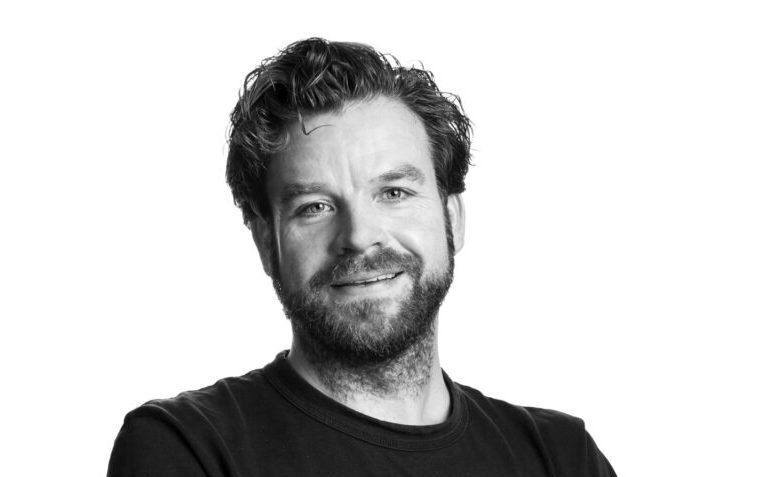Today we start a series of interviews to journalists, trainers and tech experts who work on innovation in journalism with the aim to see what is going on in other countries’ news industry and think about which could be the most interesting approaches, technologies and trends to adopt for our needs.
Our first guest is Laurens Vreekamp, design thinker, trainer & founder of Future Journalism Today, and former Google News Lab Teaching Fellow.
Based in The Netherlands, Laurens is a creative and effective trainer and thanks to his expertise on design thinking he has a global and solid approach about how to foster innovation inside newsrooms.
Hello Laurens and welcome! Let’s start from your last enterprise: in the past months, you have launched “Future Journalism Today”, which is an academy that delivers training and workshops and that hosts live, interactive interviews with innovators in journalism. Could you tell us more about the project and how the idea came to your mind?
“When my Teaching Fellowship as a trainer with the Google News Lab came to an end in the middle of a pandemic, August 2020, I wanted to explore the future of journalism further. Most journalists and newsrooms had to adapt to online collaboration overnight, while at Google for most people it was a daily routine. I wondered what could come out of that sudden digital leap in our industry, and where new possibilities for advancement of journalism would present itself.
Having visited many advanced newsrooms in the Nordics, Belgium & The Netherlands, and by talking and training with well-over 2400 journalists – admittedly, all pre-pandemic – I got a sense of the needs and challenges for newsrooms that lie ahead… and because of Covid-19 those needs and challenges got an enormous boost, but not all in the same way.
So I wondered which new technologies, trends in journalism and best practices from other industries could help address some of these new and already near-endless list of challenges to our industry. I realized I wanted to facilitate that journey for journalists, with a strong belief in a user-centred approach. Sometimes with longer-term engagements, in a direct relation with newsrooms, journalist’s associations or publishers.
Within this context I’m able to cater to different needs on different levels: it could be providing a two-hour digital skills training (like Media metrics for Managers) that fits within a bigger educational in-company programme that a publisher is offering. Sometimes I develop and deliver more custom deep-dive workshops and training like Editorial AI. And on a third day I co-develop more bespoke consultancy as an Associate with Fathm.co.
On the other, outward-facing end of the spectrum, our Youtube-show Future Journalism Today Live is aimed at exploring possibilities and broadening the horizon, by interviewing innovators in journalism. These interviews are open for everyone to see, join and participate by asking questions to our guest during the Liveshow in the Youtube chat. It airs each last Thursday at 5pm (CET) of every month, and is done together with co-host Nadin Rabaa.”
Future and journalism is a thorny match nowadays in almost all countries, but on the other side we need to go ahead: in your opinion, what are the most interesting technological trends/tools that can help innovation in journalism?
Stimulus
“Most interesting trends aren’t technological per se, but what I’ve seen many times during my career is that using technology as a stimulus to open up conceptual doors in the brains of people who work in the industry, can be a powerful tool to think about and discuss new ideas, products and solutions.
Collaborations
When you combine the potential of technologies with design thinking, and so engaging the user at every step of the process (whether it’s coming up with a new product entirely, or writing a piece on local schools), technology can not only be a tool and means to see new possibilities, It also helps to organize and ease the work, and – if really well-understood and applied – to create new kinds of work. Many OSINT- / Bellingcat-projects show how using technology and online collaboration can have a lot of impact.
Machine learning
Another technology that is promising for journalists to start using, would be – of course – machine learning. It definitely has shown some, but still has a lot of potential for, use in the newsroom for editorial purposes. Just look at the example the Google News Initiative is using for its practical online course to machine learning from Texty.org.ua, or how the small Peruvian newsroom Ojo Publico trained an algorithm to detect corruption in government contracts.
Audience Engagement
But I consider knowing how to engage your audience is key: to really understand your end-users in order to serve them better with your content. And fortunately, it is a trend that seems to be considered a default for newsrooms more and more.
Just last week, in the Netherlands, a collaboration of three different newsrooms, all coming from different legacies – print, television and online – joined forces, together with a German non-profit called Algorithm Watch to run an investigation on how Instagram treats (certain type of) photo-posts from Dutch politicians in the run up to the Dutch general elections on March 17 this year. To undertake this investigation they depended heavily on users- their audience members were asked to volunteer in doing some of the non-intrusive work by means of installing a Chrome extension that sent data from their Instagram-feeds to be analysed by the journalists.
Product
Last thing is product. Most publishers are starting to realize that it is not just the content that needs to be outstanding; if the user experience and product design isn’t up-to-par with what people have come to expect from Netflix, Uber or Google, you’re failing and missing out on many opportunities to attract new audiences or retain existing subscribers. Although we all ‘get’ this comparison, and we all know it is invalid in many ways, there is unfortunately no way to argue about it with (the bulk of) your audience. So you better get your product right!”
As you worked as a Google Teaching Fellow in Benelux and in the Scandinavian countries, could you tell us more about how they live this challenge? As I guess they are already more innovative as a news market compared to Italy, I am curious to know both the general approach about innovation in journalism they have and some case histories (successful or not) you have bumped into during your training.
“I can’t speak for Italy or Italian newsrooms or journalists, since I don’t speak Italian and I’ve met or read so few. The biggest difference, at least from my own observations and talking to all those journalists and publishers in The Nordics and Benelux, is that – and I am being quite blunt here – is that the Nordic newsrooms all have their digital infrastructure well-established. They work data-informed, have audience engagement strategies in effect and are willing to make (and most have them have made) choices about who their audience is, what they stand for (and what their signature is), and therefore know why, what and how they should operate.
They self-confessed at the same time that they would like to be more creative and daring, and admitted they would like to be more playful or radical like they see in some initiatives, products or interactive pieces from newsrooms in Belgium or the Netherlands.
When you ask Dutch or Flemish journalists, they acknowledge this and admit that they sometimes engage in innovation style pressure cookers and sprints for innovation’s sake, while neglecting the ‘journalistic plumbing’ (that Scandinavians do so well in their opinion).”
You are also an expert in design thinking and in some contexts it could sound strange to talk about design thinking and journalism: could you explain which benefits design thinking can bring to journalism?
“Although I mentioned some of it in my previous answers, I think nobody could explain this better than our guest on Future Journalism Today LIVE (E07), Alina Fichter. She is head of Digital Format Development for Deutsche Welle, and attended Stanford University in Silicon Valley, where they teach design thinking to non-designers at their d.school. So please watch this chapter from that live-recording and listen to her explanation, experiences and advice on applying Design Thinking to journalism:

